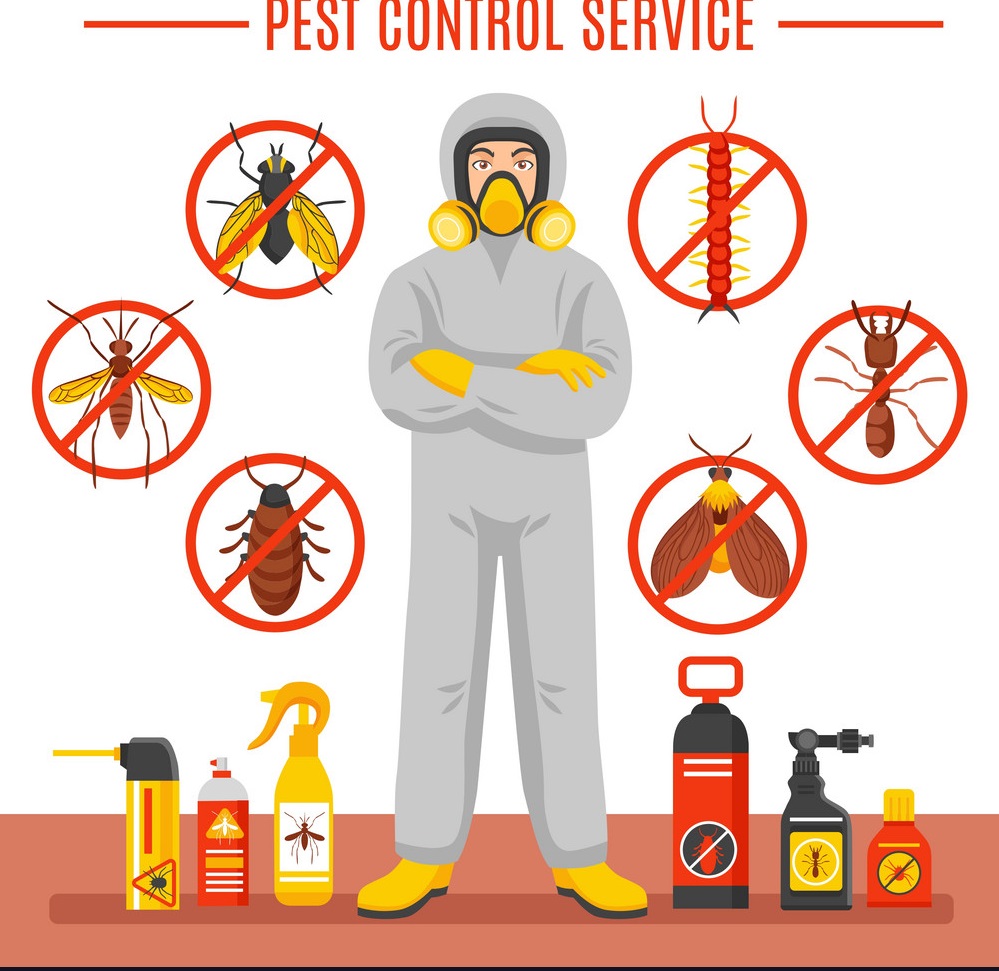Pest control management is a critical aspect of maintaining hygiene, safety, and comfort in residential, commercial, and industrial settings. It involves the strategic planning and implementation of measures to prevent, control, and eradicate pests that pose threats to human health, property integrity, and environmental sustainability. From routine inspections to targeted interventions, pest control managers employ a range of techniques to mitigate pest infestations effectively and safeguard the well-being of occupants and the longevity of structures.
pest control management is a multifaceted discipline focused on protecting human health, property, and the environment from the adverse effects of pest infestations. Through systematic identification, prevention, monitoring, and intervention strategies, pest control managers mitigate pest risks and promote safe, hygienic, and habitable environments for occupants. By embracing integrated pest management principles, emphasizing safety and sustainability, and fostering collaboration with occupants and stakeholders, pest control managers play a vital role in preserving the integrity and comfort of diverse built environments.
- Identification and Assessment:The first step in pest control management is the identification and assessment of potential pest threats. Pest control managers conduct thorough inspections of properties to identify signs of pest activity, such as droppings, nesting sites, or structural damage. By assessing the type and extent of infestation, managers can develop tailored pest management plans suited to the specific needs and vulnerabilities of each property.
- Integrated Pest Management (IPM): Integrated Pest Management (IPM) is a holistic approach that combines proactive prevention strategies with targeted interventions to manage pest populations effectively. Pest control managers employ a combination of biological, chemical, and mechanical control methods, prioritizing non-chemical measures whenever possible to minimize environmental impact and protect human health. IPM emphasizes ongoing monitoring, preventive maintenance, and habitat modification to disrupt pest breeding cycles and reduce reliance on pesticides.
- Pesticide Application and Safety: In cases where pesticide application is necessary, pest control managers adhere to strict safety protocols to minimize risks to humans, pets, and the environment. They select pesticides approved for the target pest species and apply them judiciously according to label instructions and regulatory guidelines. Protective equipment is worn during pesticide application, and precautions are taken to prevent pesticide drift, runoff, or contamination of food, water, or sensitive areas.
- Structural and Environmental Modifications: Pest control managers implement structural and environmental modifications to deter pests and eliminate potential harborage sites. This may involve sealing cracks and crevices, repairing leaky pipes, installing screens or barriers, and improving sanitation practices to eliminate food sources and water reservoirs that attract pests. By addressing underlying conditions conducive to pest infestations, managers create inhospitable environments that discourage pest activity.
- Education and Training: Educating occupants about pest prevention and management is an integral aspect of pest control management. Pest control managers provide information on common pests, their behaviors, and practical tips for minimizing risks and addressing early signs of infestation. Training sessions may cover topics such as proper waste disposal, storage practices, and routine maintenance tasks to empower occupants to play an active role in pest prevention efforts.
- Continuous Monitoring and Evaluation: Pest control management is an ongoing process that requires continuous monitoring and evaluation of pest populations and control measures. Pest control managers conduct regular inspections to assess the effectiveness of interventions, identify emerging pest threats, and adjust strategies as needed. By maintaining vigilant oversight and adapting to changing circumstances, managers ensure that pest control efforts remain proactive and responsive to evolving pest dynamics.
- Documentation and Compliance: Comprehensive documentation of pest control activities is essential for regulatory compliance and accountability. Pest control managers maintain detailed records of inspections, treatment procedures, pesticide applications, and follow-up actions taken. Compliance with local, state, and federal regulations governing pesticide use, environmental protection, and occupational health and safety is prioritized to uphold legal requirements and industry standards.
